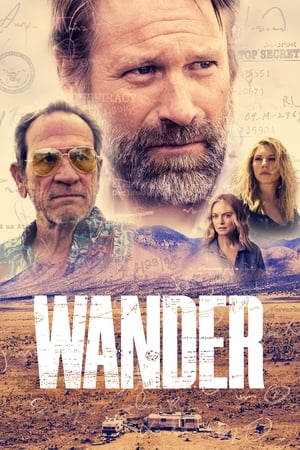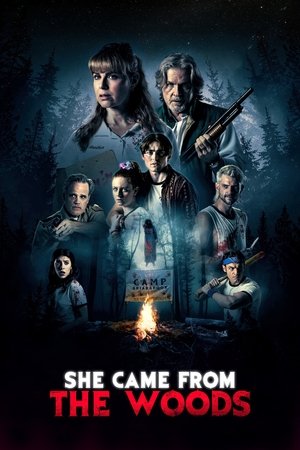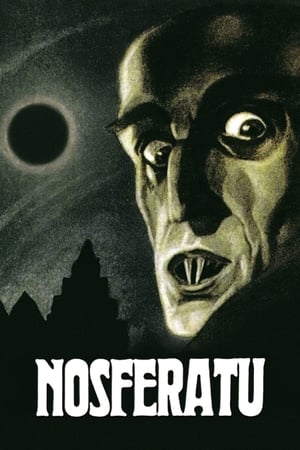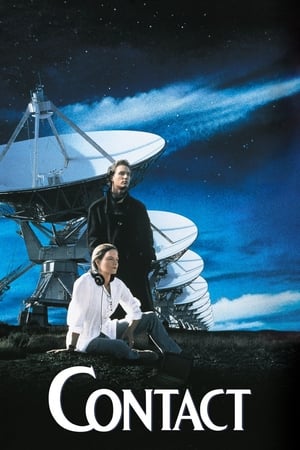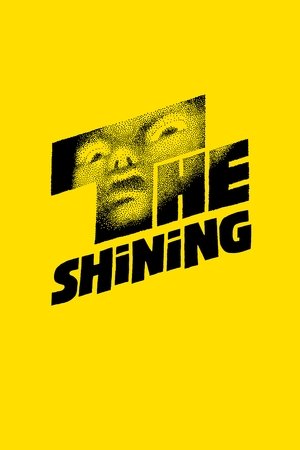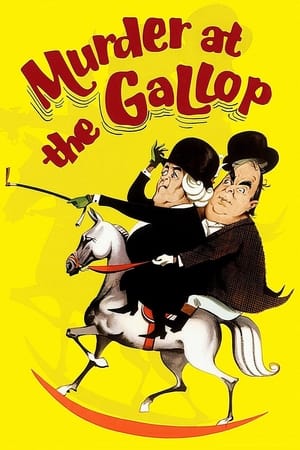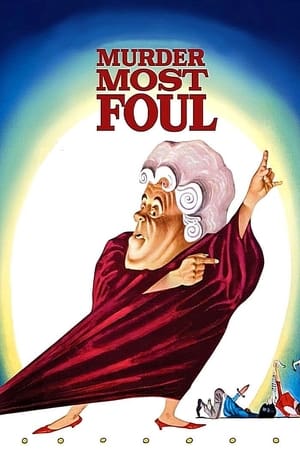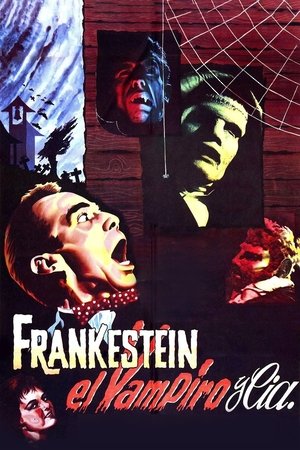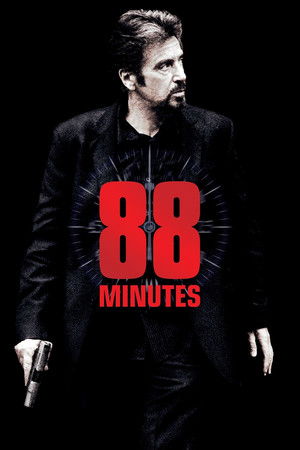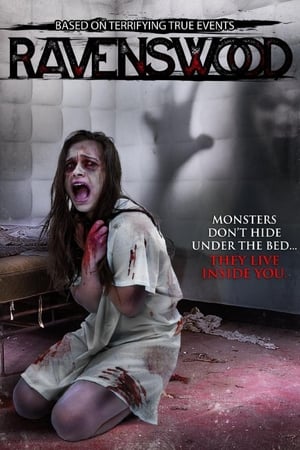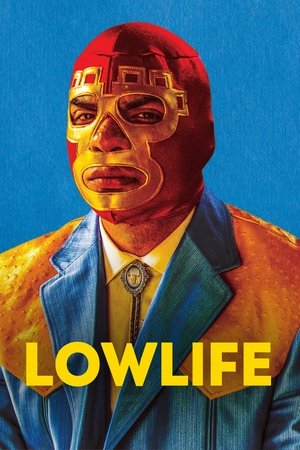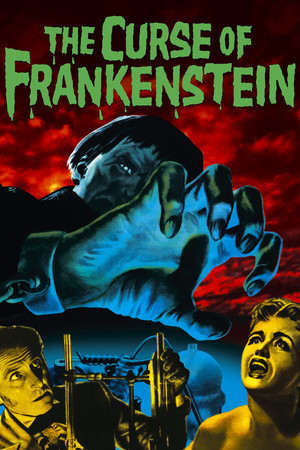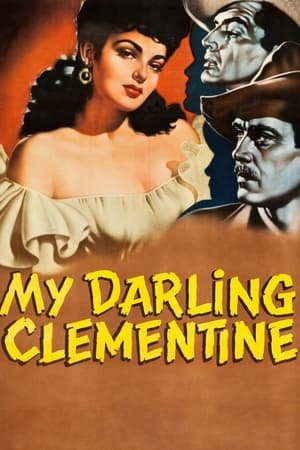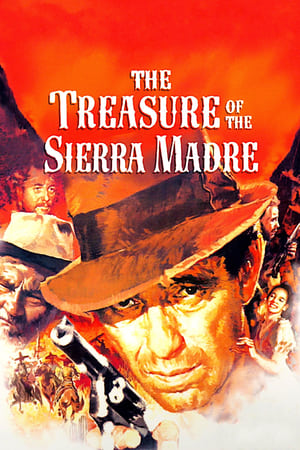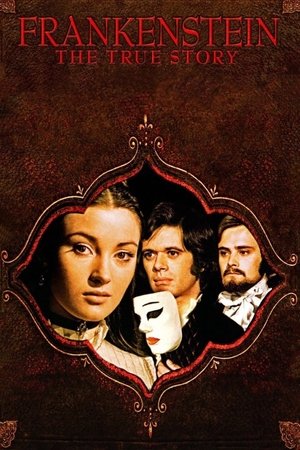Overview
Lizzy is a tough, resourceful frontierswoman settling a remote stretch of land on the 19th-century American frontier. Isolated from civilization in a desolate wilderness where the wind never stops howling, she begins to sense a sinister presence that seems to be borne of the land itself, and when a newlywed couple arrive at a nearby homestead, their presence amplifies Lizzy's fears, setting into motion a shocking chain of events.
Reviews
Horror Westerns are incredibly hard to accomplish, and director Emma Tammi’s boldness and imagination makes ‘The Wind’ a spooky breath of fresh air.
- Jake Watt
Read Jake's full article...
https://www.maketheswitch.com.au/article/review-the-wind-a-paranoid-western-nightmare
Head to https://www.maketheswitch.com.au/sff for more Sydney Film Festival reviews.
**_Very well made and genuinely creepy socio-political allegory, although the ambiguity and pacing won't be for everyone_**
> _Disbelief is not just about men disbelieving us. It is about our own disbelief in ourselves._
- Amber Tamblyn; "I'm Done With Not Being Believed"; _The New York Times_ (September 16, 2017)
_The Wind_ is ostensibly a horror movie about a woman being terrorised by a demon on the American frontier. However, look a little deeper, and you'll find it may very well be a study of prairie madness. However, look even deeper, and it's really a metaphorical examination of the mindset of a less enlightened time, when women were very much second-class citizens who were expected to tend to the home and do little else. A fiercely feminist appropriation of that most masculine of genres - the western - it deals with traditionally gendered themes such as frontier domesticity and postpartum depression, remaining always within the genre's paradigms, even whilst challenging many of that genre's most fundamental tropes. Although it could be accused of wilfully ignoring the narrative of colonial violence and the fact that American pioneers were land thieves who displaced entire populations and destroyed indigenous cultures, the film is nevertheless an examination of the inherent dangers of attempting to cultivate a vast "uncivilised" land (both psychological and otherwise). Bleak and pared back, it's one of those films whose lack of budget actually works in its favour (there are only six cast members and one location). A slow-burner that relies on shadows and sound effects, it's built on atmosphere, tone, and escalating psychological terror (there's only one jump scare, although it's a damn good one), in the tradition of Daniel Myrick and Eduardo Sánchez's _The Blair Witch Project_ (1999), and more recent similarly staged films such as Jennifer Kent's _The Babadook_ (2014), Robert Eggers's _The VVitch: A New England Folk Tale_ (2016), Ari Aster's _Hereditary_ (2018), and, to a lesser degree, Trey Edward Shults's examination of post-apocalyptic psychological disintegration, _It Comes at Night_ (2017). With a wonderfully ambiguous _dénouement_, gorgeous cinematography, and chilling sound design, this is an impressive piece of work from first-time director Emma Tammi.
Adapted by Teresa Sutherland from Dorothy Scarborough's 1925 novel of the same name, _The Wind_ is set somewhere on the frontier of New Mexico in the late nineteenth century. Structured achronologically, the story focuses on Lizzy Macklin (a very impressive Caitlin Gerard), a young wife who lives with her husband Isaac (Ashley Zukerman) in an isolated cabin on the prairie. The two have a solid marriage, one could even call it progressive for the time, built on mutual respect. However, so isolated is the cabin, that when Isaac leaves for supplies, he can be gone for weeks at a time, leaving Lizzy struggling with loneliness, monotony, and the psychological effects of a failed pregnancy. The film intercuts the present timeframe, which sees Lizzy once again alone, with relevant backstory, revealing that when another young couple - Gideon (Dylan McTee) and Emma Harper (Julia Goldani Telles) - purchase the only other cabin anywhere within walking distance, Lizzy and Isaac are cautiously optimistic about having new neighbours. It soon becomes apparent that Gideon and Emma are not made for frontier life, coming to rely on Lizzy and Isaac for everything from planting crops to basic medical issues, and when Emma becomes pregnant, she and Lizzy bond even further. However, over time, Emma becomes convinced that an evil entity is stalking her. Determining that she is disturbed, Lizzy tries to help as best she can, whilst Isaac keeps Gideon out of the way, but Emma's condition grows progressively worse, to the point where Lizzy ties her to the bed for her own safety. Meanwhile, in the present, much as Emma had, Lizzy begins to feel that the same entity is stalking her, a dark and unknowable force that seems to arise from the very wind sweeping across the prairie. However, is she suffering from the same delusion as Emma, or do they both fear something very real?
_The Wind_ really hits the ground running with a brilliantly conceived and downright ballsy dialogue-free opening scene. With the as yet unintroduced Isaac and Gideon standing outside the Macklin cabin, Lizzy emerges from within, her white dress soaked in blood, carrying the lifeless body of a newborn baby. Shot by cinematographer Lyn Moncrief (quite a talent) using an extremely cold colour palette of muted blues and whites, the red of the blood really pops, driving home the visceral (and all too real) horror of whatever has just happened. And that's even before the slam cut to one of the most disturbing and realistic cinematic corpses I've seen in a long time. The scene perfectly sets the tone, whilst also providing vital plot information _and_ conveying how unforgiving the _milieu_ can be - all without a single word of dialogue, with Tammi's control over the medium belying her lack of experience.
This scene occurs at roughly the mid-way point of the story, and it becomes apparent in the third scene that the film is using a non-linear narrative structure that requires viewers pay attention, with temporal jumps often indicated by nothing but bridging sounds, or occasionally subtle changes in wardrobe and/or hair. Although the last act does settle into a slightly more linear style, the film gets a lot of mileage out of the temporal discontinuity, forcing the audience to question the order and often significance of seemingly inconsequential events, skewering how we would receive the story were it told in sequence, and putting us on edge from the get-go. Much as the film relies on either/or ambiguity, so too does the narrative structure, with any given scene possibly vital, or possibly not. The fact that we are often uncertain as to exactly where we are in the timeline also mirrors Lizzy's own uncertainty regarding what's happening to Emma, and ultimately, what's happening to herself.
From an aesthetic point of view, although Tammi and Moncrief certainly show the beauty of the New Mexico landscape, they also refuse to romanticise it. This is a harsh world that will punish anyone who doesn't afford it suitable respect, even without the introduction of supernatural elements. As the film progresses, and we get deeper and deeper into Lizzy's psychosis/haunting, Moncrief shoots the initially vast-open plains in such a way as to become increasingly claustrophobic - there are more scenes at night when we are unable to see more than a couple of feet; there are fewer high-elevation shots, trapping the audience at ground level with Lizzy; the skies become darker, more foreboding, and more oppressive; there are more tightly-framed interior shots. This sets up a visual paradox that recalls the cinematography of _Blair Witch_ - although the characters are out in the open, they are very much imprisoned by their environment.
Especially important in the film's atmosphere is Juan Campos's exceptional sound design, which elevates the evocation of dread several notches above what it would otherwise have been, as gunshots, slammed doors, and screams deafeningly pierce the silence without warning. Particularly of note is the sound of the wind itself, which is normal enough to be recognisable, but unusual enough to be unsettling; is that a voice drifting across the plains, or is it a trick of the senses? This works in tandem with Moncrief's excellent use of shadows to suggest a horror that's always just slightly off-camera (which, of course, is far more terrifying than anything that could be shown). Indeed, apart from a single jump-scare (albeit, an effective one), the film's tone is conveyed exclusively through sound and shadow. Tammi is more concerned with mood and ambiguity than in revealing the "monster", and in this, the sound design and cinematography serve her extremely well.
Elsewhere, there are some really nice and often subtle directorial touches. A good example is a scene when Lizzy watches Emma bring Isaac and Gideon some water as they plant crops. She hands a cup of water to Gideon for him to drink himself, but she raises the cup to Isaac's mouth, something noticed by Lizzy herself. It's an easy to miss detail that may, or may not, prove to be important later on. In another pivotal scene, in which Isaac confronts Lizzy about her claims that a demon is stalking her, the two are sitting at the kitchen table as we look at them from the side, and in the middle of the conversation Tammi crosses the line, breaking the 180-degree rule, and recalling Michael Mann's use of the same technique in a similarly blocked and equally as important scene in _The Insider_ (1999).
Thematically, whilst it may not appear on the surface, _The Wind_ actually has a lot to say. For starters, the sudden arrival of Gideon and Emma facilitates an examination of the nature of existence on the edge of civilisation, beyond simply using them to illustrate that not everyone is cut out for this lifestyle. Despite the isolation and loneliness, Lizzy seems hesitant to welcome new neighbours, lamenting to Isaac that they will have to get to know the new couple; "_in the city, strangers stay strangers. Out here, we don't have that luck_". Later on, when Emma asks if there's a church nearby, Lizzy tells her, "_not enough folk around here yet_". This lets us know just how sparsely populated and isolated we really are, with the absence of even organised religion, whilst also subtly suggesting this is a Godless place. And of course, there's the inherent ambiguity; is there literally a demon stalking Lizzy, or has the stress of isolation, the loss of her baby, and the events involving the Harveys simply pushed her over the edge into psychosis? Tammi (and actress Caitlin Gerard) handle this ambiguity beautifully, veering first in one direction and then in another, culminating in a captivating final shot that addresses all of our questions whilst answering none of them.
However, Tammi's main thematic preoccupation is a metaphorical examination of a pre-#MeToo era and its concomitant mindset. Horror has always been a fertile breeding-ground for socio-political probing, with Jordan Peele's _Get Out_ (2017) as probably the best known recent example. Others would include George A. Romero examining racism in _Night of the Living Dead_ (1968) and consumerism in _Dawn of the Dead_ (1978), David Cronenberg looking at paranoia relating to technology in _Videodrome_ (1983), John Carpenter exploring mass media-manipulation and the subjugation of the working-class in _They Live_ (1988), Brian Yuzna critiquing elitism in _Society_ (1989), Wes Craven satirising Reagan-era politics in _The People Under the Stairs_ (1991), and Bong Joon-ho making an environmental plea in _The Host_ (2006).
In the case of _The Wind_, it's a sustained allegory for pre-#MeToo politics - a powerful monster targets a vulnerable woman, terrorising her with impunity, whilst the man in her life (and in the case of Emma, even other women) don't believe her claims, basically telling her she should be a good girl and stop causing such a fuss. It couldn't be any clearer if the demon's name was Harvey! The film very clearly shows that Lizzy suffers almost as much from the fact that Isaac doesn't believe her as she does from her conviction in the presence of the entity.
That the film is a feminised appropriation of the western mythos serves only to drive home the allegorical nature of the story. Lizzy is, on the surface, a stock character - "the wife", the one who looks after the home whilst the men are out doing manly things. So even though she has a relatively progressive marriage, the fact that she may be mentally ill is not something about which Isaac concerns himself; mental illness or not, her role is to maintain the home. This is one of the great ironies at the heart of the film; whether she is literally being haunted or is suffering a breakdown, it doesn't matter, because Isaac isn't going to do anything either way; he no more believes in the demon she claims is stalking her than he is concerned for her psychological well-being. Irrespective of the cause (haunting or breakdown), the dangers of which she warns are very real, and his failure to understand that fact adds to the socio-political framework that Tammi so carefully constructs. And the crucial point here is that Isaac isn't a bad husband; he's just very much of his era.
_The Wind_ is an extremely impressive horror-western. But it's an even more impressive study of isolation and (possible) psychological disintegration. Genuinely creepy in places, Tammi and her crew have created an exceptionally well-crafted film rich in feminist connotations all the while remaining faithful to a genre not exactly known for its nuanced depictions of women.

 86 min
86 min
 5.7
5.7
 2018
2018
 USA
USA
 SWITCH. wrote:
SWITCH. wrote: